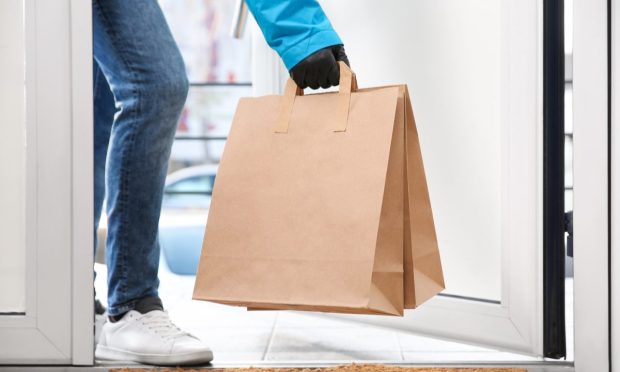The Pacific Region Leads the US in Online Food Ordering

If it seems like an outsized share of online grocery services get their start in the San Francisco and Los Angeles areas, there may be a reason for this disparity.
According to data from the March edition of PYMNTS’ ConnectedEconomy™ Monthly Report, “Mapping Digital Behavior Across U.S. Regions,” consumers in the Pacific region of the United States (California, Oregon, Washington, Alaska and Hawaii) are significantly more likely to order groceries online than those in other regions.
The study, which drew from a survey of a population-based sample of more than 2,600 U.S. consumers, found that 36.5% of Pacific consumers order groceries online. This share is 13% higher than the runner-up region, the Midsouth, wherein 32.3% of consumers order groceries online, and 56% higher than the region with the smallest share of eGrocery shoppers, the Midwest, wherein just 23.4% do so.

Online grocery shopping is on the rise. As of mid-2021, just 23% of consumers overall were purchasing groceries online, according to data from PYMNTS’ study “What Consumers Expect From Their Grocery Shopping Experience,” created in collaboration with ACI Worldwide, which drew from a census-balanced survey of more than 2,300 U.S. adults.
Read more: Digital Features Can Help Grocers Win Over 43% of Shoppers
The Pacific does not just lead the pack in online grocery ordering; it also holds the greatest share of consumers ordering restaurant-made food online. The study found that 56.2% of the region’s residents order restaurant food online, 19% higher than runner-up the region, again the Midsouth, wherein 47.1% order online. Compared to the Midwest, which once again trails behind with only 41% of consumers ordering food online, the Pacific region has 37% higher adoption.

Many of the innovations in food delivery happen in the region, and many of the major companies are stationed therein. Both Uber and DoorDash, which operate the two most popular restaurant aggregators in the U.S., have their headquarters in San Francisco. For grocery’s part, Instacart is also based in the Golden Gate City.
The region also gets many of the early tests of new food delivery technologies. Take, for instance, robotic fulfillment. While some of the initial tests of robotic food delivery are taking place on college campuses, which have the advantage of being highly walkable and a manageable size, Serve Robotics, which began as the robotics arm of Postmates and spun off in February 2021, has its robots making the rounds in partnership with Uber Eats in Los Angeles.
“The demand is rising — people want things faster, and they want it cheaper,” Ali Kashani, co-founder and CEO of Serve Robotics, told PYMNTS in a December interview. “It’s just not sustainable. The way we are doing the deliveries today, relying on one human being having to move one burrito to its final destination … It’s just not going to scale. It’s not good for the cities. It’s not good for the environment, and it’s not good for the restaurants and merchants. I think it’s a perfect time for the robots to step in and help with this problem.”
